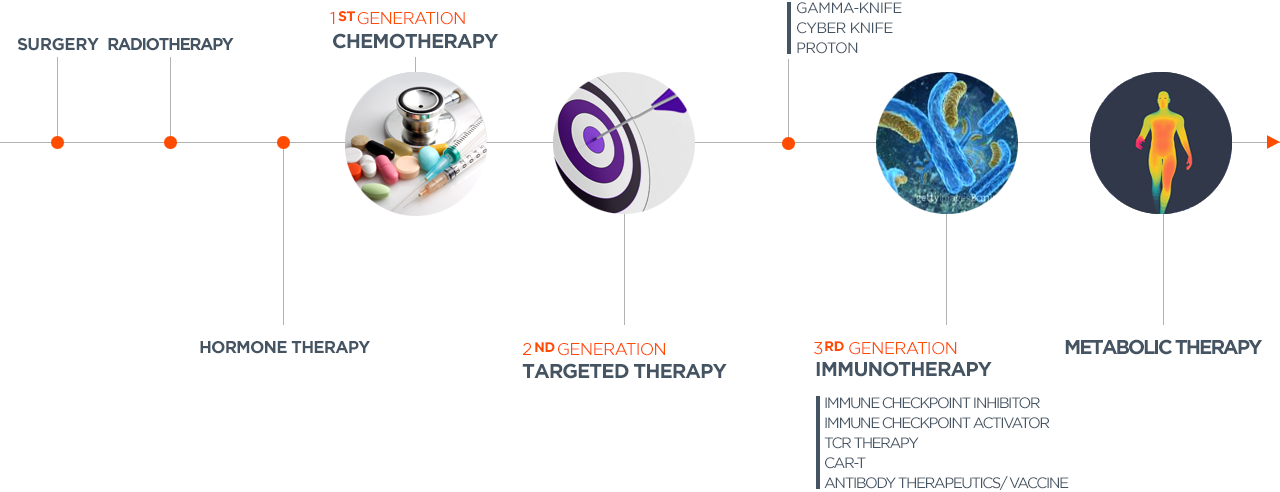
NEWGLAB Core Technology
One of the missions of NewG Lab Pharma
(NGLP) will be to develop novel anticancer
therapeutics that extend the life of cancer patients
without compromising the quality of life.
- Core Technology
- About Cancer

One of the missions of NewG Lab Pharma
(NGLP) will be to develop novel anticancer
therapeutics that extend the life of cancer patients
without compromising the quality of life.
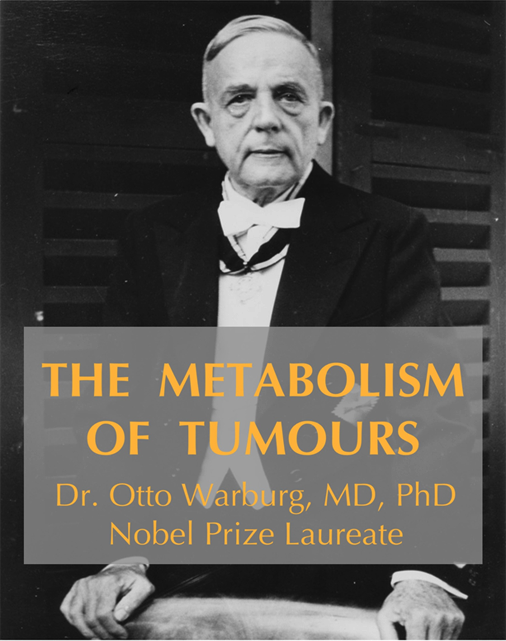

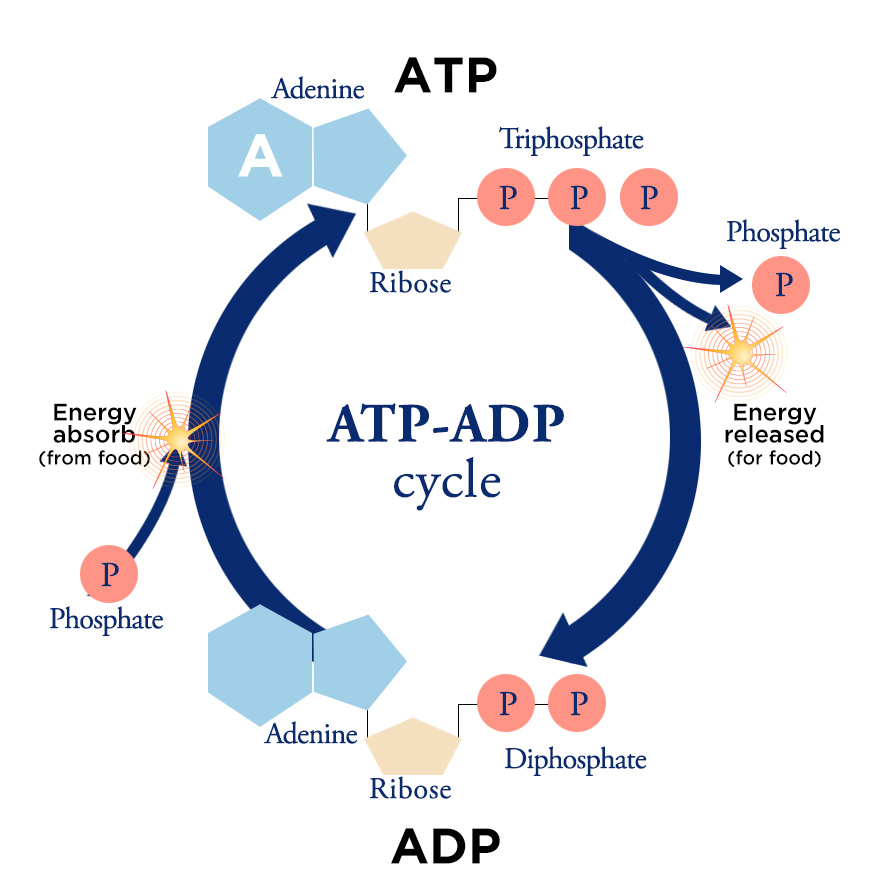
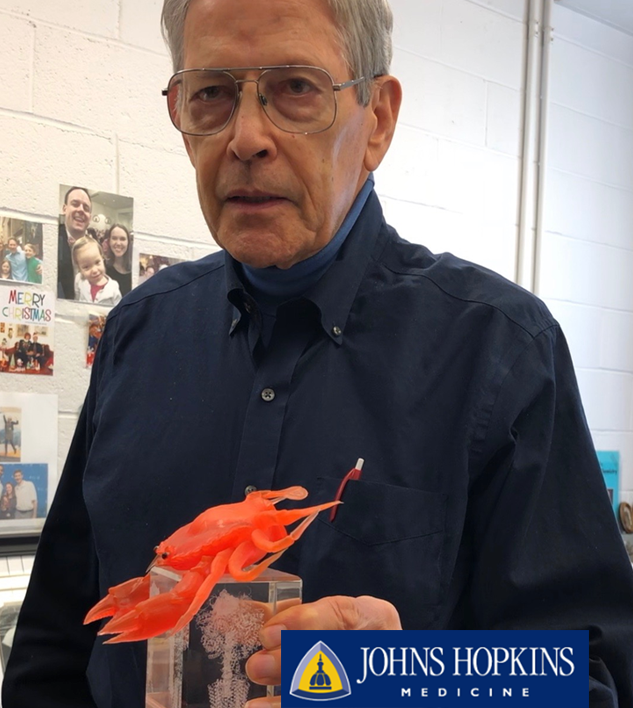
1After Dr. Warburg, Since theories seeking the causes for cancer from
gene variation has been mainstream of cancer research, the theory of
cancer metabolism has been pushed into a fringe group
2In 1960, there were researchers who were interested in the study of
Warburg again. One of the leading scholars is Peter L. Pedersen,
a disciple of the great biochemist Albert Lehninger Ph.D. He has been
researching the cellular energy metabolism process at the Johns Hopkins
University Medical School from 1968 to present.
3Pedersen’s research team have identified several mechanisms of
action in the metabolic processes of cancer.
4In particular, they identified that Hexokinase 2 (HK2) plays an
important role in Warburg Effect, and HK2 has a very close
relationship with the VDAC protein (Voltage Dependent Anion Channel)
in the mitochondrial outer membrane.
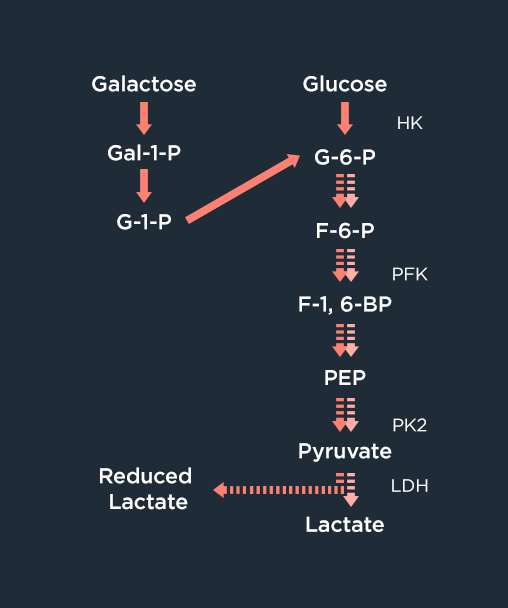
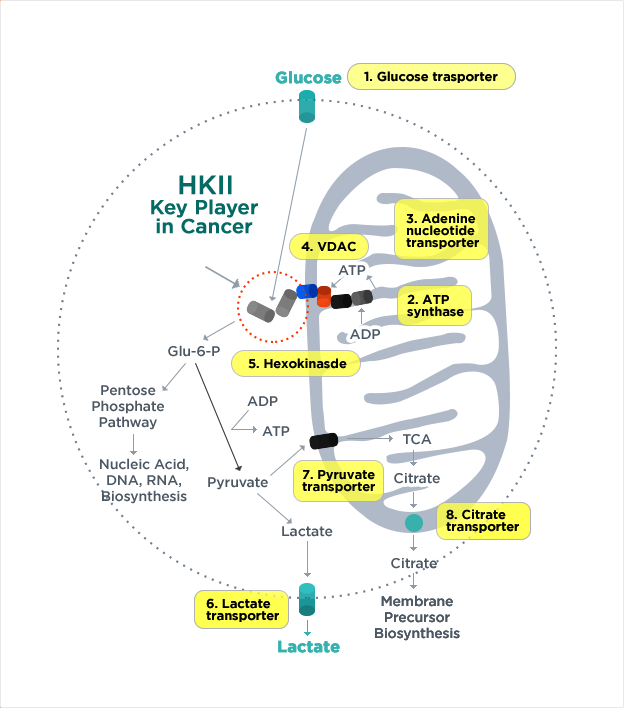
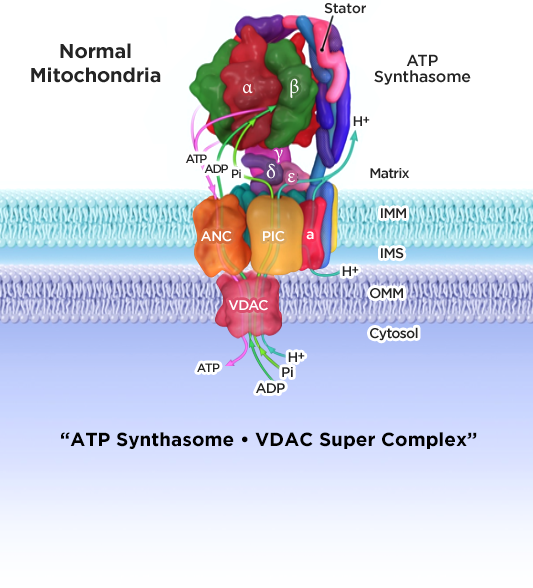
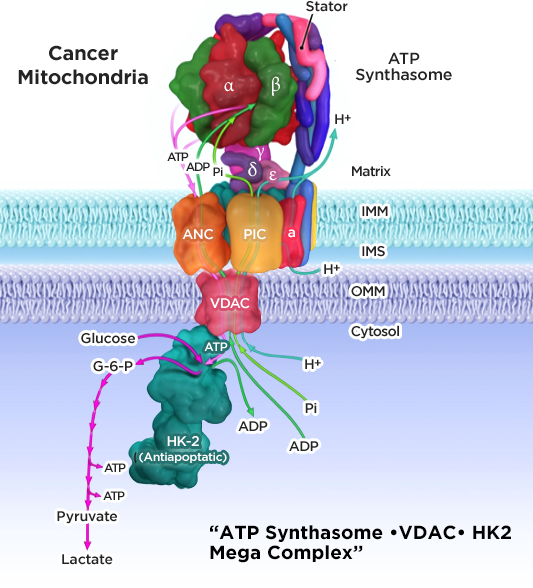
1. Decreases the product inhibition by G-6-P.
2. Increases the access to substrate, ATP.
3. Generates large amounts of G-6-P, a precursor for all cell building blocks.
4. Suppresses apoptosis facilitating cell immortalization.
5. Suppresses the inflammation.

